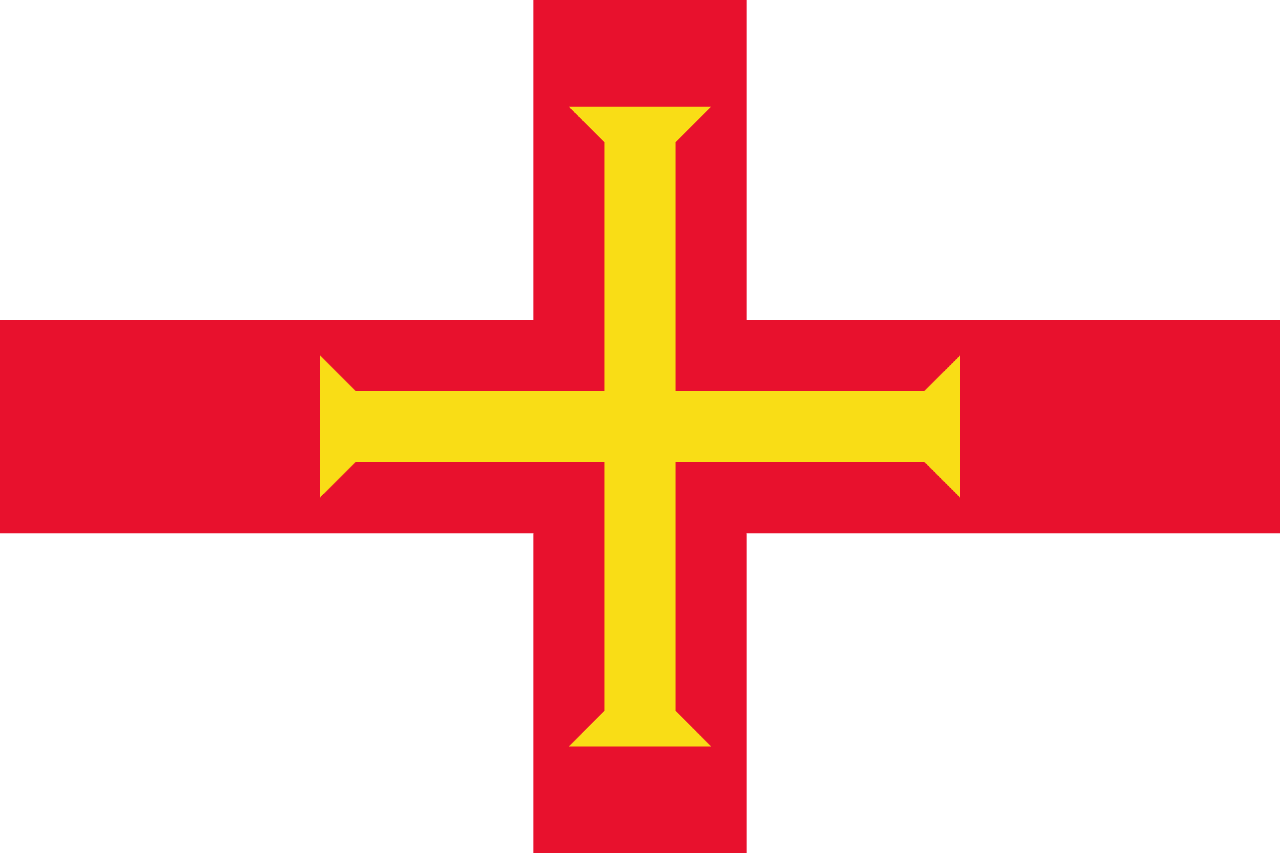La bandera de Guinea-Bisáu consta de dos franjas horizontales de color amarillo y verde, con una franja roja vertical en el lado de izado que contiene una estrella negra de cinco puntas. Este vibrante diseño encapsula la historia, las aspiraciones y los recursos naturales del país, sirviendo como un poderoso símbolo de la identidad de Guinea-Bisáu y su lucha por la independencia.
Información sobre Guinea-Bisáu
| Día de la Bandera Nacional | — |
| Estado soberano | Sí |
| Nombre oficial | República de Guinea-Bisáu |
| Capital | Bisáu |
| Población | 1,921,814 |
| Área | 36,125 km² |
| Moneda | Franco CFA de África Occidental (XOF) |
| Idioma | Portugués, Crioulo, Balanta, Fula |
| Continente | África |
| Región | África Occidental |
| Subregión | — |
| Fronteras | Senegal, Guinea, Gambia |
| Zona horaria | Hora estándar de Greenwich (GMT) UTC+0 |
| Código de llamada | +245 |
| Dominio de nivel superior | .gw |
Historia de la bandera de Guinea-Bisáu
 La bandera de Guinea-Bisáu fue adoptada oficialmente el 24 de septiembre de 1973, coincidiendo con la declaración de independencia del país respecto a Portugal. El diseño fue creado durante la lucha de liberación liderada por el Partido Africano para la Independencia de Guinea y Cabo Verde (PAIGC). Representa la culminación de años de resistencia contra el dominio colonial y el nacimiento de una nueva nación.
La bandera de Guinea-Bisáu fue adoptada oficialmente el 24 de septiembre de 1973, coincidiendo con la declaración de independencia del país respecto a Portugal. El diseño fue creado durante la lucha de liberación liderada por el Partido Africano para la Independencia de Guinea y Cabo Verde (PAIGC). Representa la culminación de años de resistencia contra el dominio colonial y el nacimiento de una nueva nación.
Simbolismo y diseño de la bandera de Guinea-Bisáu
Cada elemento de la bandera de Guinea-Bisáu tiene un profundo simbolismo. La franja vertical roja representa la sangre derramada por los luchadores por la libertad del país durante la lucha por la independencia. La franja horizontal amarilla simboliza el sol y los ricos recursos minerales del país, particularmente sus depósitos de bauxita y oro. La franja verde representa la esperanza para el futuro y la vegetación exuberante que caracteriza gran parte del paisaje de Guinea-Bisáu. La estrella negra, un símbolo panafricano, representa la unidad africana y la aspiración por un futuro más brillante para todas las naciones africanas.
Uso y significado de la bandera de Guinea-Bisáu
 La bandera de Guinea-Bisáu es una fuente de orgullo nacional y unidad. Se exhibe prominentemente durante ceremonias oficiales, días festivos nacionales y eventos culturales. La bandera también juega un papel crucial en escenarios internacionales, representando a Guinea-Bisáu en funciones diplomáticas, reuniones de las Naciones Unidas y eventos deportivos. Su presencia sirve como un recordatorio de la independencia lograda con esfuerzo y del continuo viaje del país hacia el desarrollo y la prosperidad.
La bandera de Guinea-Bisáu es una fuente de orgullo nacional y unidad. Se exhibe prominentemente durante ceremonias oficiales, días festivos nacionales y eventos culturales. La bandera también juega un papel crucial en escenarios internacionales, representando a Guinea-Bisáu en funciones diplomáticas, reuniones de las Naciones Unidas y eventos deportivos. Su presencia sirve como un recordatorio de la independencia lograda con esfuerzo y del continuo viaje del país hacia el desarrollo y la prosperidad.
Datos interesantes sobre la bandera de Guinea-Bisáu
- El diseño de la bandera incorpora los colores panafricanos, reflejando el compromiso de Guinea-Bisáu con la unidad africana y la solidaridad entre las naciones.
- La estrella negra en la bandera es a menudo llamada la "Estrella Negra de África", simbolizando la unidad de las naciones africanas y su lucha contra el colonialismo.
- La bandera de Guinea-Bisáu comparte similitudes con las banderas de otras naciones africanas, particularmente aquellas que estuvieron involucradas en movimientos de liberación contra las potencias coloniales.
- El diseño de la bandera fue influenciado por la bandera del PAIGC, que lideró el movimiento de independencia del país.
- A pesar de los cambios políticos y golpes de estado desde la independencia, la bandera ha permanecido inalterada, sirviendo como un símbolo constante de la identidad nacional y los ideales del movimiento de independencia.





